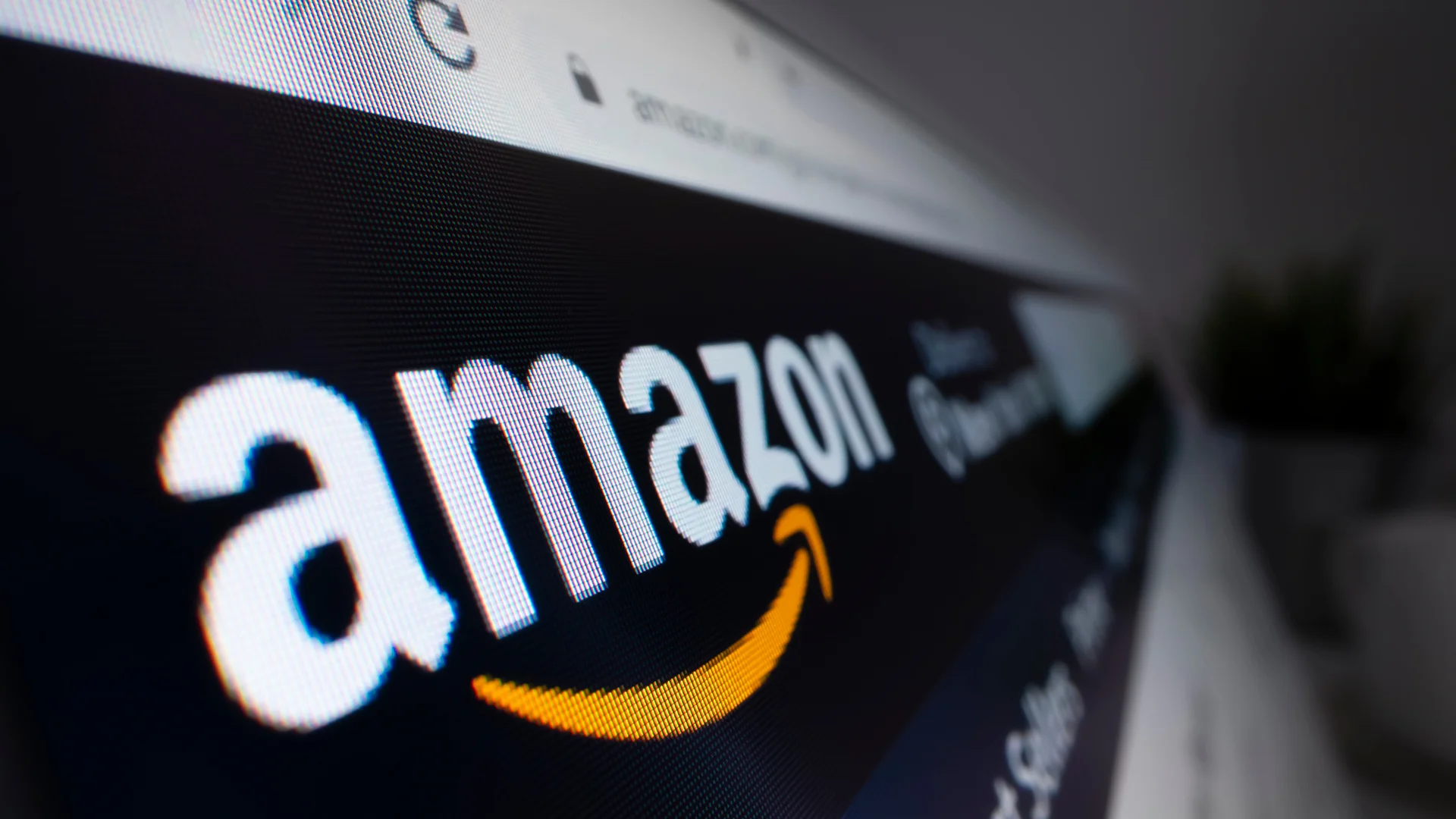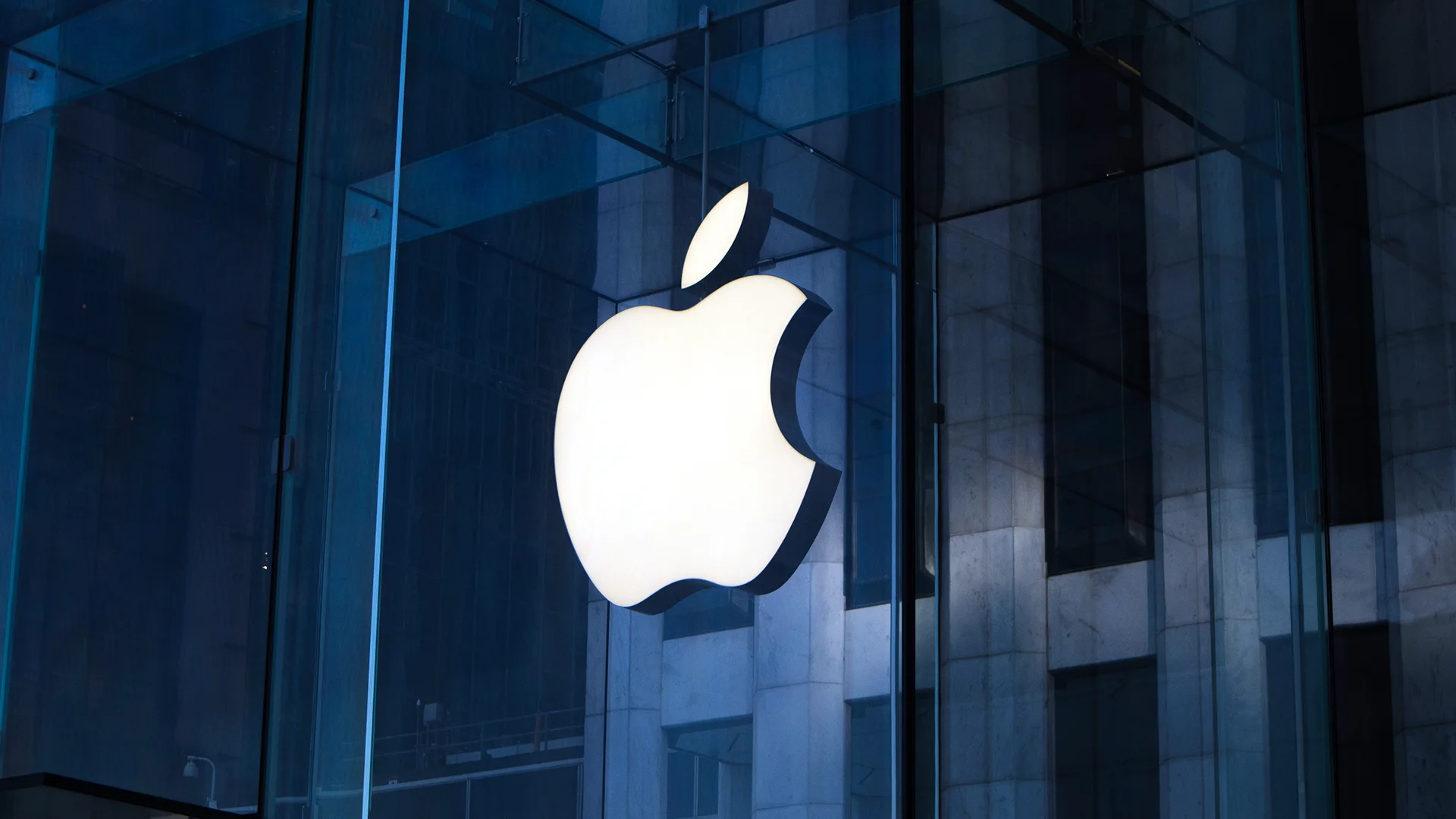At the heart of any successful brand lies its ability to create resonant experiences. These moments differentiate, build loyalty, and form lasting connections in a competitive, choice-driven market.
Authenticity & Consistency
Authenticity ensures that a brand's messaging, values, and actions align with its true identity. In the words of Simon Sinek, "People don't buy what you do; they buy why you do it." When a brand is persistently genuine in its verbal and visual presentation at every touchpoint, the audience's perception will align with the brand's, strengthening the bond.
Take Starbucks, which has long created a strong brand identity around consistently providing workers with comfortable "third space" outside the home and office. Like heeding a siren's call, their loyal customer base returns repeatedly for the welcoming branded environments, friendly baristas, and, of course, the reliable flow of caffeine.

Photo by TR - Unsplash.com | Logo by Terry Heckler

Photo by ymgerman - stock.adobe.com | Logo by Turner Duckworth
Customer Empathy
Understanding its customers is paramount to a brand's success. Research determining their habits, needs, preferences, and pain points helps achieve this. For customers, the kaleidoscope of messaging, visuals, colors, and UI reinforces the notion that a brand gets them. When customers believe they are understood, a brand won't need to build bridges to them; they will build bridges to the brand.
Amazon succeeds here by knowing what its audience needs and implementing clear and engaging content, personalized product recommendations, segmented messaging, and a user-focused interface, to name a few, all of which manifest a returning user base.
Storytelling
When well-crafted and authentically told, a brand's story can evoke emotions and resonate with customers, leaving an indelible impression. These stories help cut through a cluttered marketplace messaging landscape and tap into humanity's innate affinity for them. David Sachs put it best when he wrote, "In a world of noise, story is the signal."
Apple's marketing excels in storytelling and emotional resonance. It's a key factor that has helped elevate the company to a multi-trillion-dollar valuation. They craft compelling narratives, placing users at the center, addressing their needs, tapping into their desires, and showcasing how Apple products empower them. Their "1984" and "Think Different" campaigns rescued the company on separate occasions when its market reach was in decline.

Photo by Laurenz Heymann - Unsplash.com | Logo by Rob Janoff

Photo by Milan Csizmadia - Unsplash.com | Logo by Elon Musk & Roelof Botha
Differentiation
A brand has many opportunities to set itself apart from its competition. These include crafting a unique visual identity and language, exploring unconventional design strategies, and weaving narratives that energize its target audience, all tied to a brand's core values. Differentiation attracts and helps retain customers, giving a brand a lasting competitive edge.
In recent years, a company that has done this well is Tesla. Their messaging, focused on sustainable transportation and cutting-edge technology, didn't simply fill a gap in the automotive industry but carved them a place on the world stage, positioning them as an electric vehicle pioneer and forcing the automotive industry to follow their lead.
Adaptability & Flexibility
A brand's adaptability to evolving market dynamics is crucial. Flexibility in messaging and visual identity allows a brand to resonate with changing consumer sentiments. By swiftly tailoring campaigns and design elements, a brand remains relevant, forging deeper connections with its audience, safeguarding its standing, and propelling it forward in an ever-changing market landscape.
As an iconic global brand, Coca-Cola successfully embraces this by transforming its logo into different language localizations, culturally adapting its messaging, and expanding its color palette to highlight unique regional flavor options while retaining its instantly recognizable brand identity.

Model Republic - stock.adobe.com | Logo by Frank M. Robinson

Photo by Marla Aufmuth - Flickr.com | Logo by Richard Saul Wurman
Authority
How a brand presents itself can build trust and credibility to establish itself as a thought leader in an industry. A brand can energize its value proposition through authoritative content, compelling visuals, well-crafted white papers, and research reports, instilling consumer confidence and increasing its influential reach in the marketplace.
The TED platform is one of the most potent examples of this. While simply curating and sharing powerful talks given by impassioned thought leaders on a variety of topics, TED has harvested global notoriety as an authoritative resource for innovation, creativity, and impactful change. TED fortifies its brand further by the immense presence of its monogram, which appears on event stages with speakers.
Works referenced:
Start With Why: How Great Leaders Inspire Everyone to Take Action by Simon Sinek
Winning the Story Wars: Why Those Who Tell (and Live) the Best Stories Will Rule the Future by Jonah Sachs
©2025 PORTFOLIO OF CHIP TAYLOR.
ALL RIGHTS RESERVED.
©2022 PORTFOLIO OF CHIP TAYLOR.
ALL RIGHTS RESERVED.